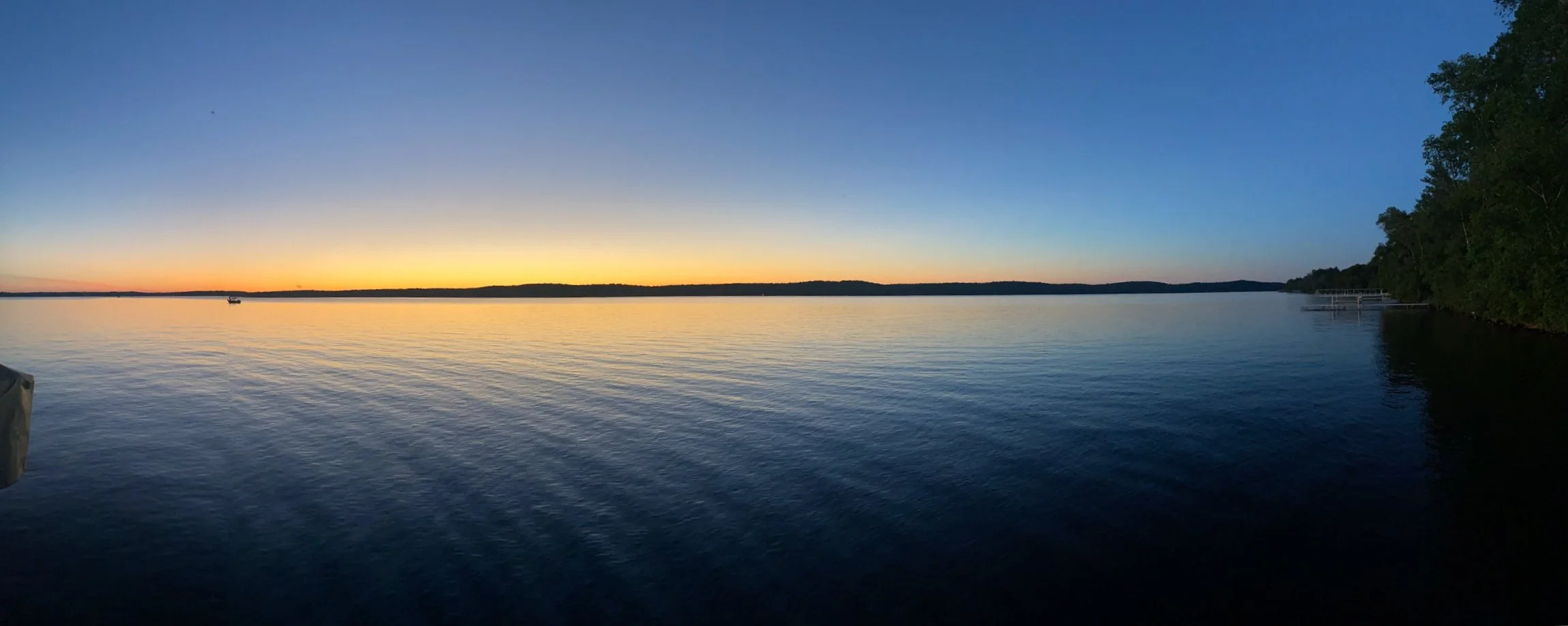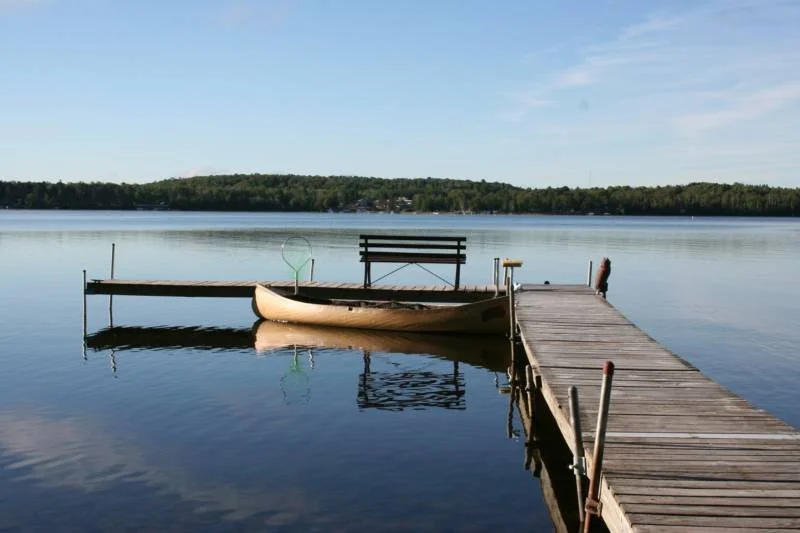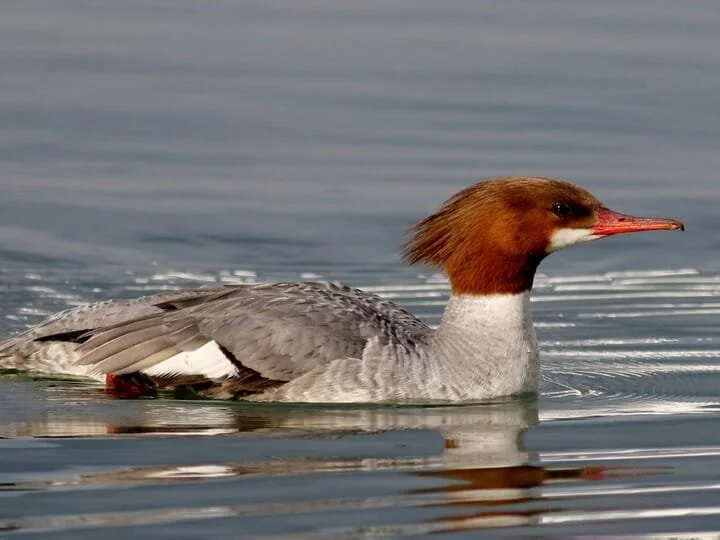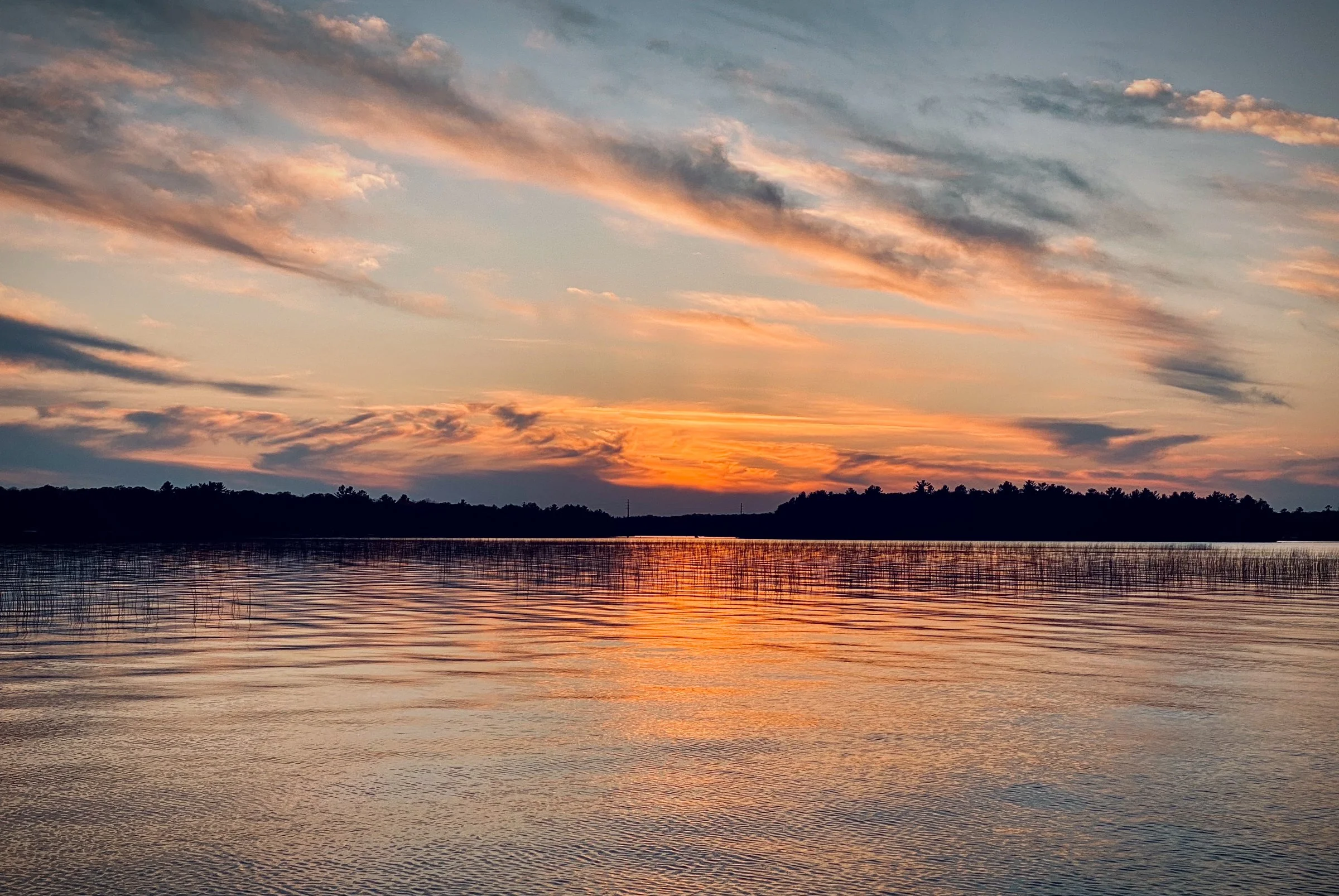
Your Guide to Swimmer’s Itch Awareness and Prevention
The North & South Twin Lakes District partners with Swimmer’s Itch Solutions to ensure residents and visitors have the latest and most thorough information on swimmer’s itch. This partnership provides timely updates, prevention tips, and educational resources to help everyone enjoy the lakes with greater confidence and comfort. Together, they’re committed to making Twin Lakes a safe, enjoyable destination for all.
2023 Swimmer’s Itch Outbreaks
51 cases of swimmer’s itch were reported on North & South Twin Lakes in 2023. Reported outbreak locations are indicated on the map. Check back early 2025 to see reported data for the 2024 calendar year.
Help Us Track Swimmer’s Itch
If you or anyone you know experiences swimmer’s itch, please take a moment to report it. By tracking cases, we can better understand where and when it occurs, helping us work toward solutions that keep our lakes comfortable and fun for everyone. Your reports make a difference!
Identifying Merganser Broods
Mergansers, a common duck species in northern Wisconsin, play an unexpected role in the spread of swimmer’s itch. These ducks host a specific type of parasite that uses snails and waterfowl in its life cycle. When the parasite’s larvae are released into the water, they can accidentally come into contact with human skin, causing the itchy rash known as swimmer’s itch. Efforts to manage merganser populations around the Twin Lakes are part of local strategies to lessen swimmer’s itch outbreaks. To learn more about the North & South Twin Lake District’s efforts to reduce swimmer’s itch.
Need to get in touch?
We’re here to answer your questions about lake management, local projects, or community involvement. Reach out for support, share your thoughts, or learn more about the North and South Twin Lakes District.





